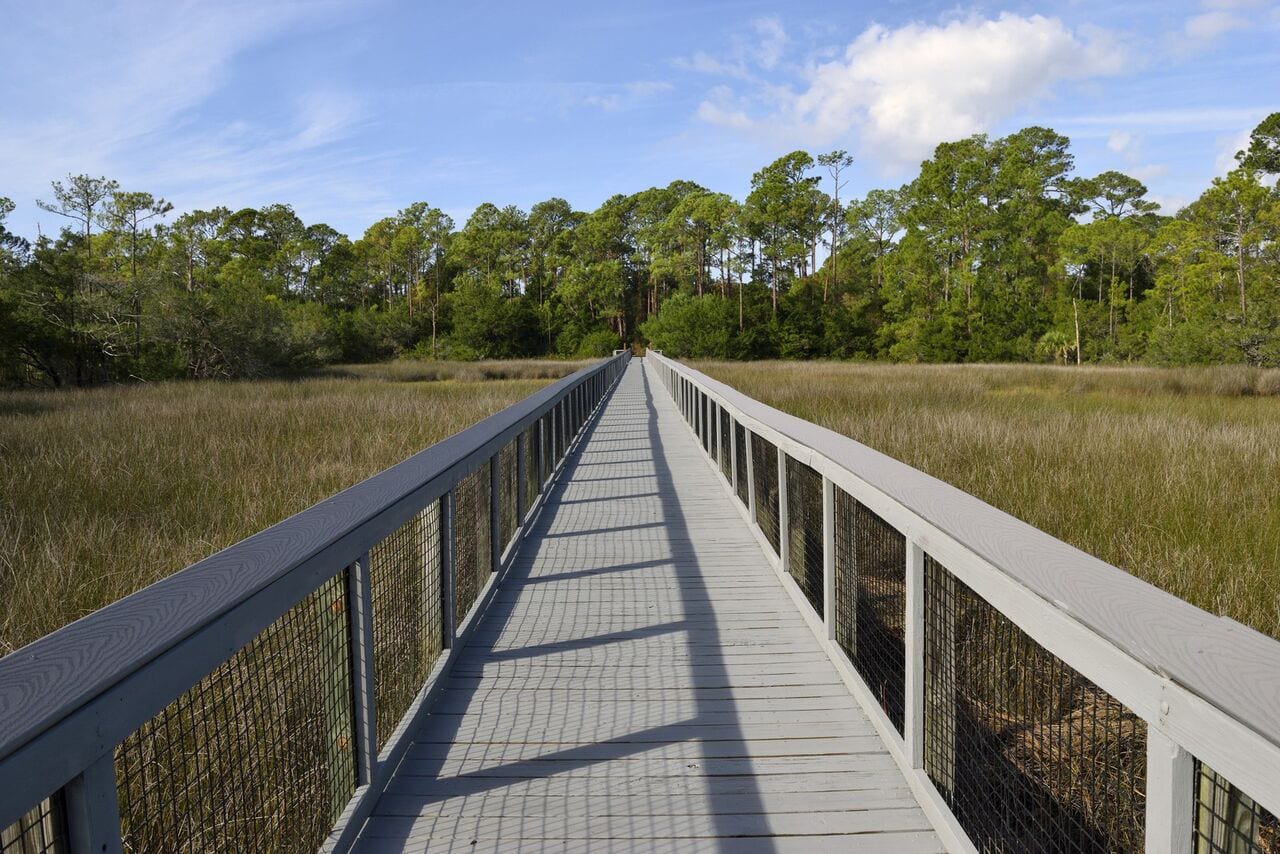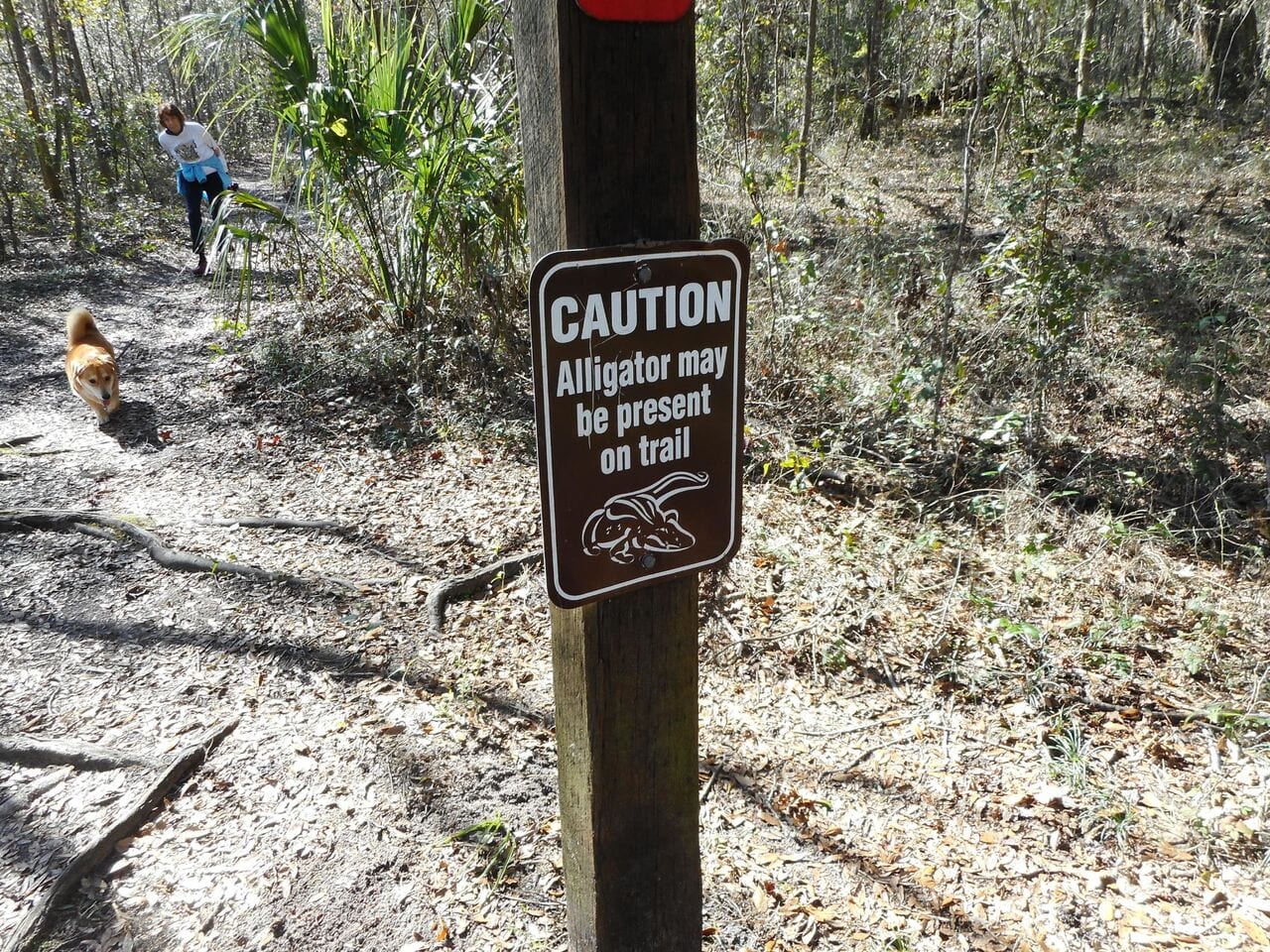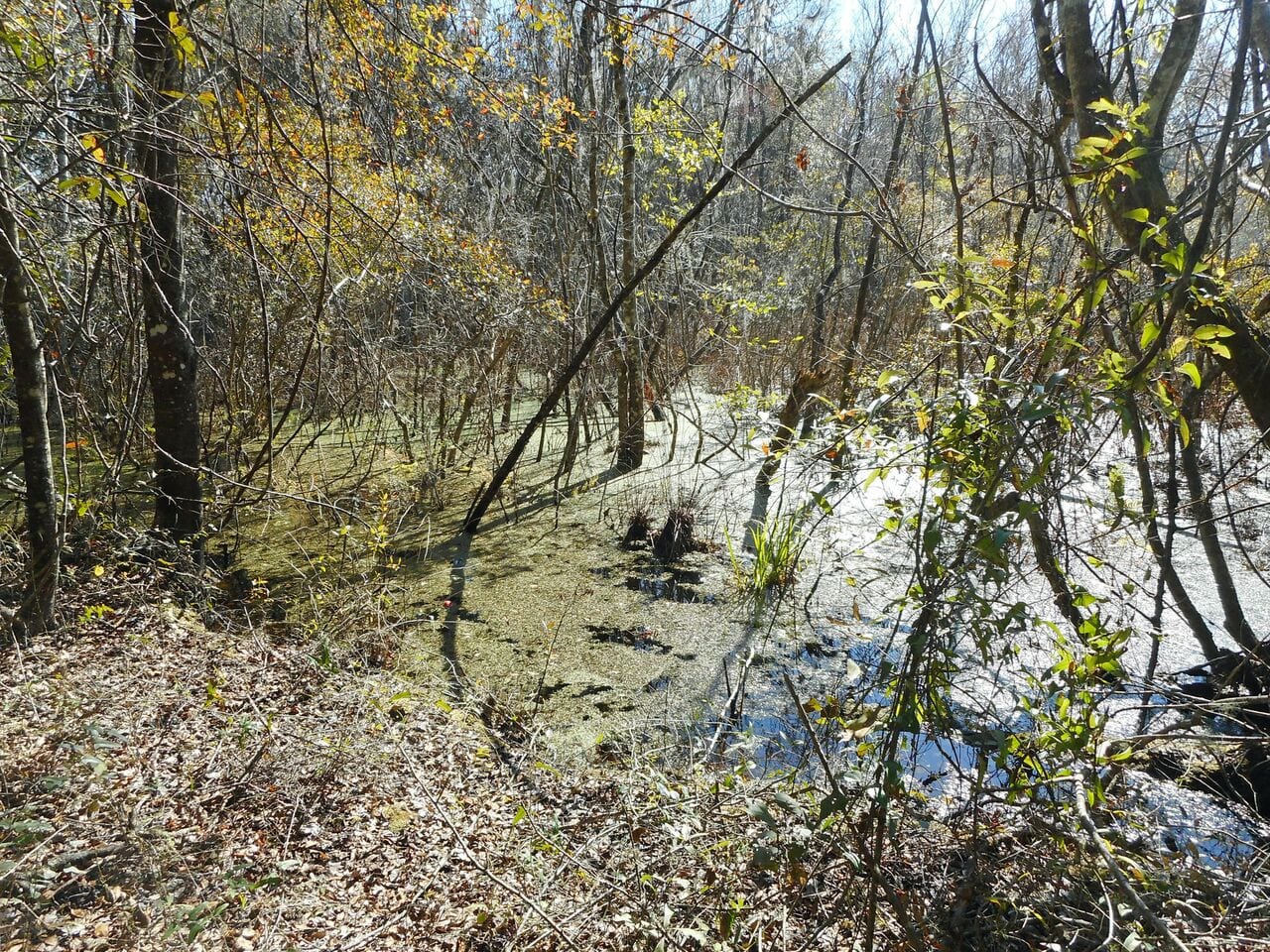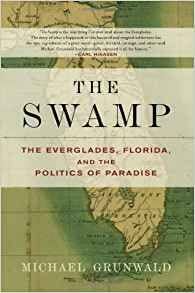Florida Waterways
“The Florida Swamp”
By Kevin McCarthy
CAPTIONS:
A boardwalk over a Florida swamp
A swamp critter
A sign for alligators
A swamp in Alachua County
The Green Swamp in Central Florida
A good book about Florida swamps
You can argue that one of the most important Florida waterways is the swamp. In fact, scientists have been telling us for the past thirty years that swamps replenish our aquifer, supply cities with an unending water supply, and have immense ecological, conservation-inducing advantages to our lifestyle and that of our planet.
We certainly have some major swamps in this state, from the Everglades and Big Cypress in the south, including the Green Swamp near the headwaters of the Peace River, to the Okefenokee on the Georgia border. The reasons we have so many extensive swamps here are directly related to our heavy rainfall, high water table, and flat topography. And while hydrologists have convinced many of us, especially legislators and conservation-minded developers, that we need swamps, it was not always so.
Remember how developer Hamilton Disston bought four million acres of Florida in 1881 for the low price of just twenty-five cents an acre and planned to drain much of it, in order to make dry land on which to build many, many buildings, even cities. That purchase may have been the largest amount of land ever bought by one person in history, and made him the largest landowner in this country. He set about draining the Everglades and much of the water-soaked land around Lake Okeechobee, but fortunately, did not live long enough to carry out his ambitious plans. If you want to see what might have happened if Disston had succeeded in paving over much of South Florida, look at the devastation that Hurricane Irma caused in 2017, to the miles of paved streets in Houston, Texas.
In the 1960s, developers tried to build a large jetport in the Everglades, but opposition groups, led by hydrologist Dr. Luna Leopold, who had been the head of the water resources division for the U.S. Geological Survey, and Marjory Stoneman Douglas, author of the impressive Everglades: River of Grass, effectively marshaled forces to stop that project.
Florida authorities finally realized that swamps could help purify water, foster wildlife habitat, control floods, and provide fish with protective places, where they could spawn and produce many offspring. Now, in fact scientists are busy restoring swamps that were drained or damaged. Simply removing drainage ditches and removing levees can lead to better fishing and boating on our waterways.
“Drain the swamp” has been a popular political slogan in the past year, but the saying, has for Floridians many different meanings, some of which are not good. Fortunately, developers can no longer easily drain our swamps without leases and special governmental permission, and we still have a long way to go to restore our swamps, but scientists have succeeded in convincing many of us how important swamps can be. Boardwalks in swamps, let visitors walk several feet over the wetlands, and let us and our children, better appreciate the wide diversity of life in those swamps.
Kevin McCarthy, the author of North Florida Waterways 2013 – (available at amazon.com), can be reached at ceyhankevin@gmail.com.






